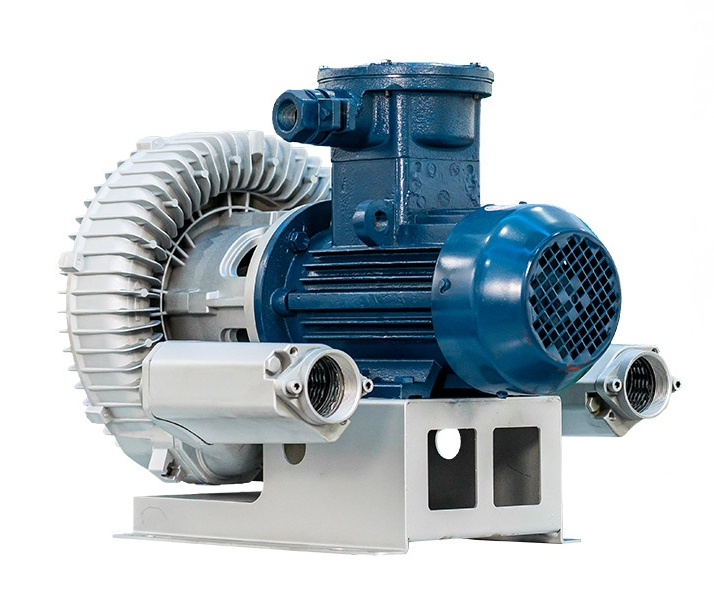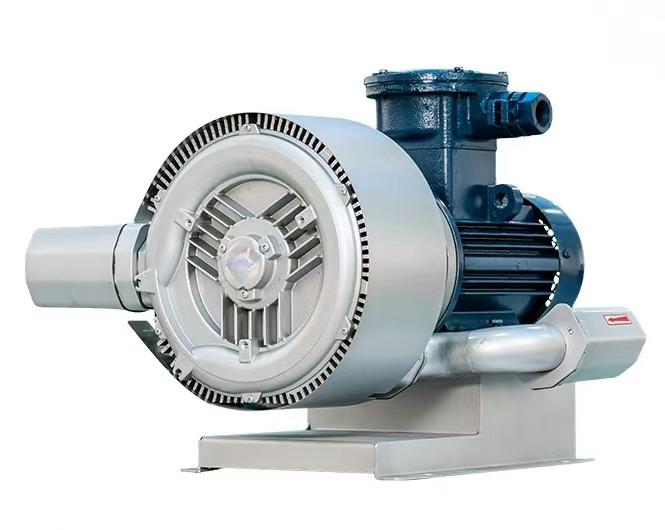 Spanish
Spanish English
English manager@manvac.cn
manager@manvac.cn +86-15014788350
+86-15014788350
 Spanish
Spanish English
EnglishDifferences in explosion-proof types
Gas explosion-proof air blower are mainly designed for combustible gas or steam environments, and use explosion-proof and safety enhancement technologies to prevent the danger caused by explosive gases. Dust explosion-proof fans are suitable for combustible dust environments, and can block dust explosion conditions through shell protection, surface temperature control, and other methods.
Core design differences
Gas Explosion proof: Typically designed with explosion-proof or increased safety features, the enclosure has a lower level of protection and may allow gas infiltration.
Dust Explosion proof: The enclosure has a higher protection level (such as IP66) and is equipped with positive pressure, spark free and other technologies to prevent dust from entering or accumulating.

Applicable scenario limitations
Gas explosion-proof equipment cannot be used in dusty environments, and dust explosion-proof equipment is also not suitable for gas environments. For example, although the shell protection level of dust explosion-proof motors is high, they cannot prevent gas from entering, so the two cannot be used interchangeably.

Gas explosion-proof is divided into CT4 and BT4
CT4 and BT4 are two different explosion-proof standards in the gas explosion-proof level, with the main differences as follows:
Difference in explosion-proof grade
CT4: Explosion proof grade is ExdIICT4, suitable for environments with high-risk gases such as hydrogen and acetylene, with a maximum surface temperature not exceeding 135 ℃.
BT4: Explosion proof grade ExdIIBT4, suitable for conventional gases such as methane, petroleum gas, etc., with a maximum surface temperature not exceeding 135 ℃.
Applicable scenarios
CT4: Suitable for areas with extremely hazardous gases such as acetylene and hydrogen (such as petrochemical and industrial gas processing).
BT4: Suitable for conventional gas environments (such as methane, ethane, etc.), commonly found in ordinary industrial or commercial places.